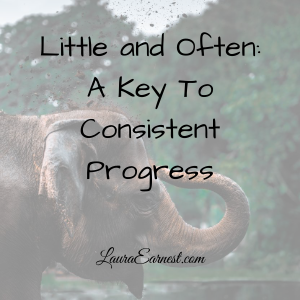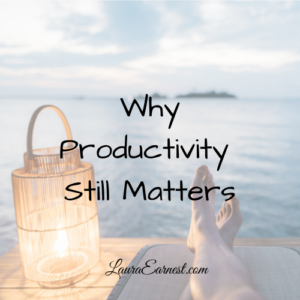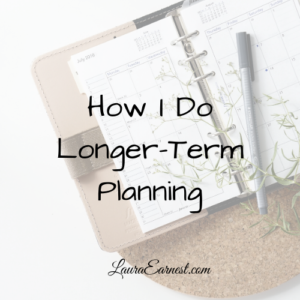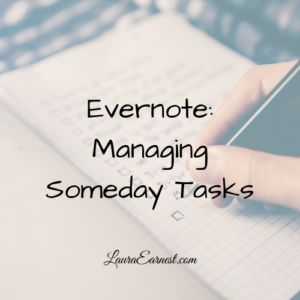Little and Often: A Key To Consistent Progress
One of the things that I still struggle with, years into the productivity space, is making my to-do list doable. I don't want to put each step to complete something on the list, because a) I don't need to be reminded that I need to fetch the stepladder when changing a light bulb, and b) the list gets far too long the more granular I go.
On the other hand, if the tasks are too big, then I can't get them done in a small amount of time.
Enter Little And Often, one of Mark Forster's concepts.
I've been a fan of Mark Forster for a long time now. Besides being an eloquent writer, he takes it upon himself to innovate new systems and then try them out in his own life.
On the other hand, if the tasks are too big, then I can't get them done in a small amount of time.
Enter Little And Often, one of Mark Forster's concepts.
I've been a fan of Mark Forster for a long time now. Besides being an eloquent writer, he takes it upon himself to innovate new systems and then try them out in his own life.









